DJI Mavic 3 Pro release date, price, rumors and what we want to see
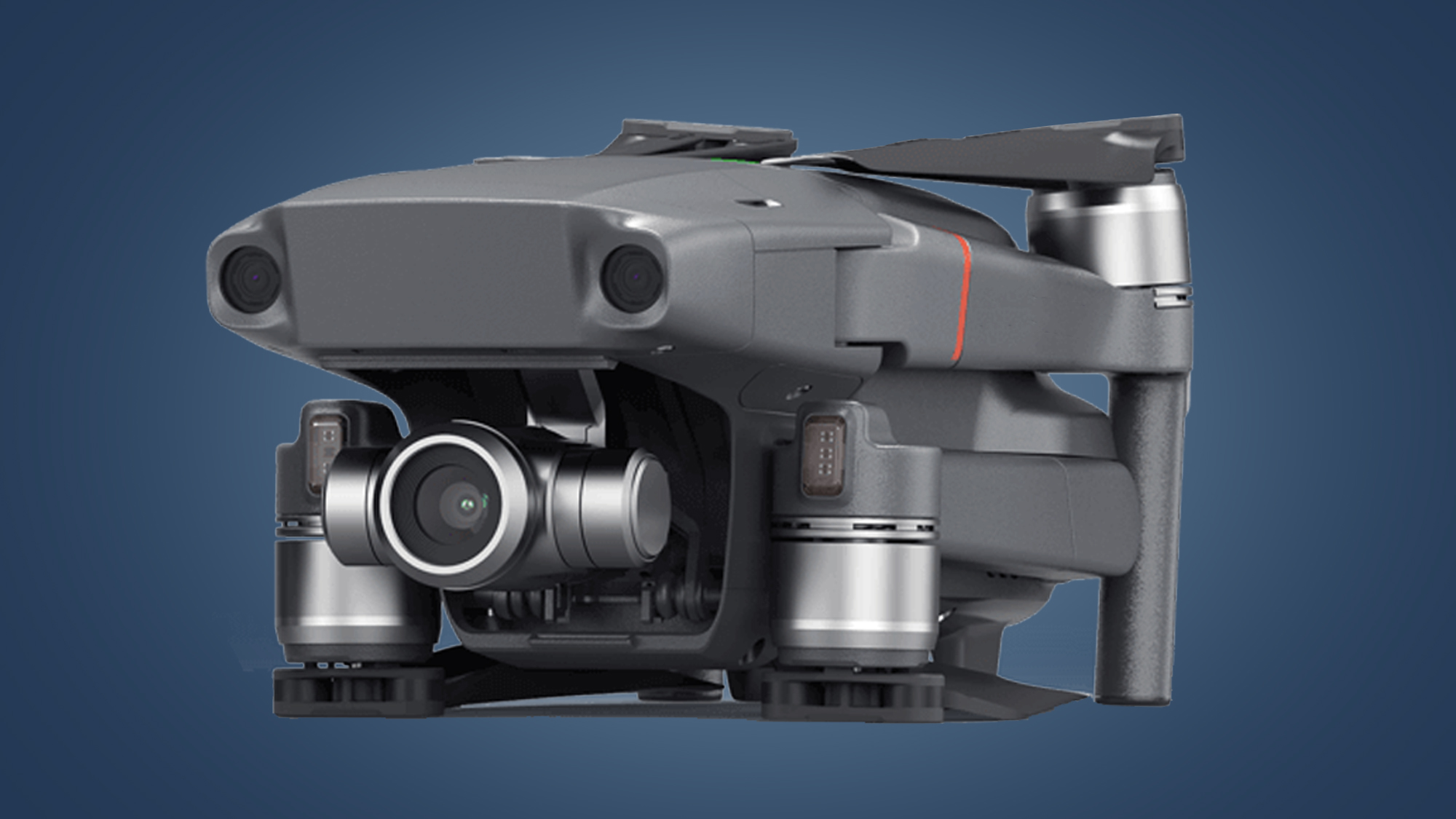
The DJI Mavic 3 Pro is rumored to be the long-awaited successor to the DJI Mavic 2 Pro, one of our favorite flying cameras of the past few years and still one of the best drones you can buy.
But with the Mavic 2 Pro approaching its third birthday and the new DJI Air 2S effectively eating its lunch, when will we see a new flagship for DJI's 'Pro' line? The rumors have been rumbling for about nine months now, but it now looks like the Mavic 3 Pro (or perhaps, the DJI Pro 3) has been slightly delayed.
- These are the best drones you can buy right now
- Or check out our guide to the world's best beginner drones
- Read our in-depth DJI Air 2S review
To be fair to DJI, it's been a busy year for the drone giant. It treated us to the DJI Air 2S in April, which joined the likes of the DJI Mini 2 and DJI Pocket as one of ten new products added to the DJI lineup in the past 12 months alone.
That’s not to mention the company’s recently-announced intentions to enter the automotive industry, which will see it partnering with big-name manufacturers to integrate its drone tech into the self-driving vehicles of the future.
Still, if recent rumors are correct, the DJI Mavic 3 Pro is en route, just slightly behind its planned schedule. Apparently, even an October release is now in danger, but we've rounded up all of the latest speculation below to help you decide whether to wait for DJI's possible new folding flagship.
- Read our in-depth DJI Mavic 2 Pro review
DJI Mavic 3 Pro release date and price
The latest DJI Mavic 3 Pro rumors suggest that it may, like many tech products this year, have been delayed.
According to a DroneDJ source in a post on July 19, "the latest plans are for an October release", but that their source "says he has 'doubt' it will be ready for prime time by then".
According to the apparently reliable source in China, "the drone is not even finalized" yet, which suggests it's still being tested and is unlikely to launch anytime soon.
Recent DJI launches, like the DJI Air 2S, have been preceded by big leaks at stores like Best Buy, and the fact that we haven't seen anything close to that (or even really some credible images), also suggests that a launch is some way off.

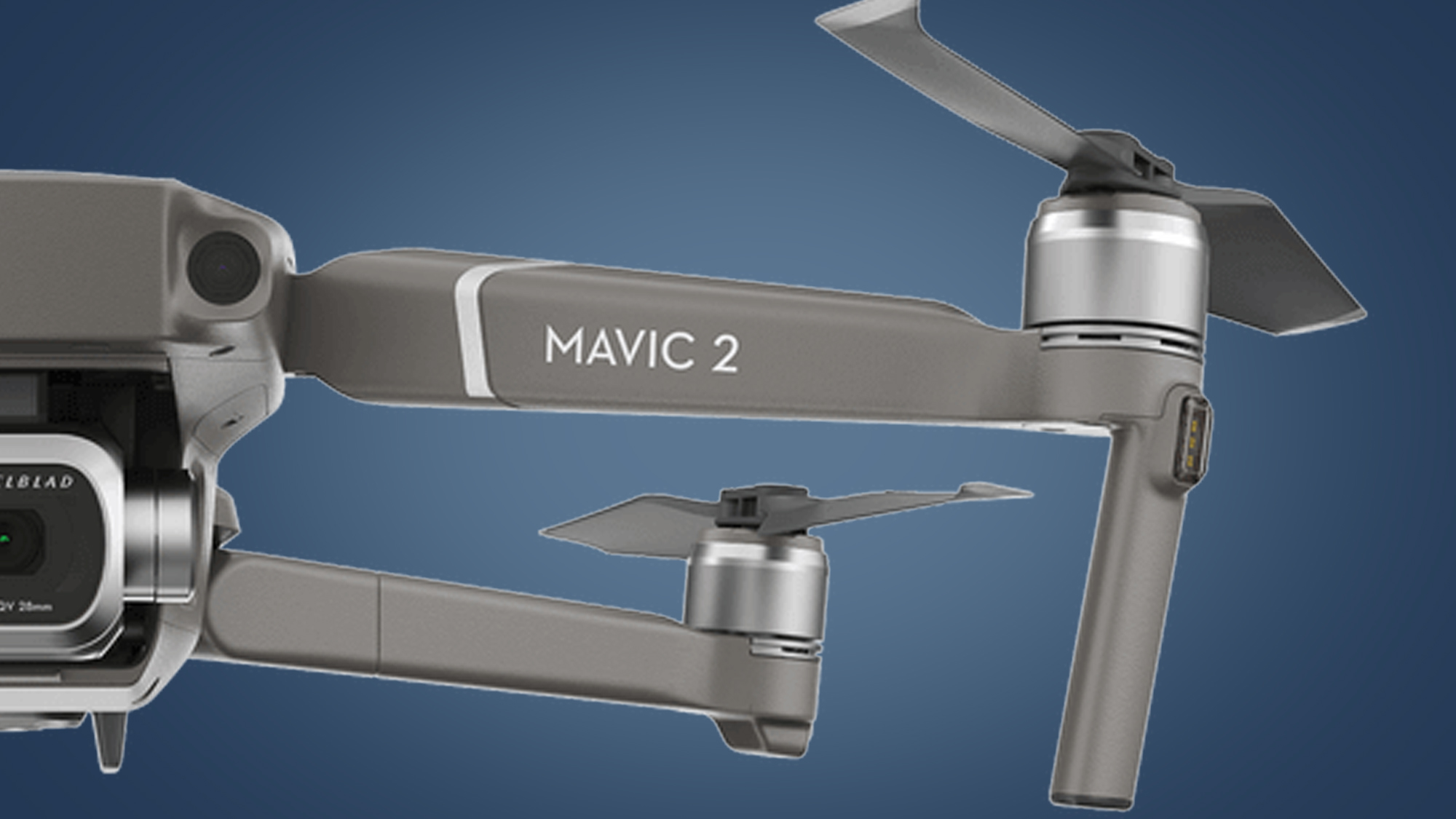
The latest rumors have referred to a 'DJI Mavic 3 Pro' and 'DJI Mavic 3', but this doesn't follow DJI's recent naming trends. The company has been slowly retiring its Mavic (and Osmo) sub-brands, as shown by the DJI Air 2S and DJI Mini 2. This means that any DJI Mavic 2 Pro successor would most likely be called the 'DJI Pro 3'. But as we're mainly referring to a next-gen Mavic 2 Pro here, we'll be sticking to the rumored 'Mavic 3 Pro' and 'Mavic 3' names here for now.
We’ve previously seen the DJI Mavic 2 Pro, Mavic 2 Zoom, Mavic Mini and Mini 2 arrive in an August-October window, but it seems the pandemic and chip shortages may knocked DJI's traditional launch cycles out of sync.
As for the Mavic 3 Pro’s possible price, there have been no leaks so far on this and it’s too early to tell. But we can make educated guesses based on the launch price of the Mavic 2 Pro and the rumored features coming to its successor.
The Mavic 2 Pro cost $1,599 / £1,349 / AU $2,499 upon release, but it’s safe to assume that the Mavic 3 Pro would likely exceed that figure. A recent DroneDJ source claims that “the price [of the Mavic 3 Pro] will definitely be way up” – so the price could well end up north of $2,000 / £1,500 / AU$2,600, assuming it does deliver features like a new Hasselblad camera. But of course, this is all just speculation at this point.
DJI Mavic 3 Pro specs, rumors and leaks
Perhaps the most exciting feature rumored to be coming to the DJI Mavic 3 Pro is its potential ability to shoot 8K video. According to a “trusted source” obtained by DroneDJ, the Mavic 3 Pro could become the first compact DJI drone capable of capturing 8K video. This would trump its predecessor’s 4K/30p video powers and match the likes of the Autel Evo II (which uses a smaller 1/2-inch sensor).
This information is apparently based on Mavic 3 Pro prototypes currently being tested by DJI, so it’s far from certain that this will find its way into the final version. But given that the mid-range Air 2S recently arrived with 5.4K video capabilities, the move to 8K for DJI’s ‘Pro’ line would certainly make sense – in theory.
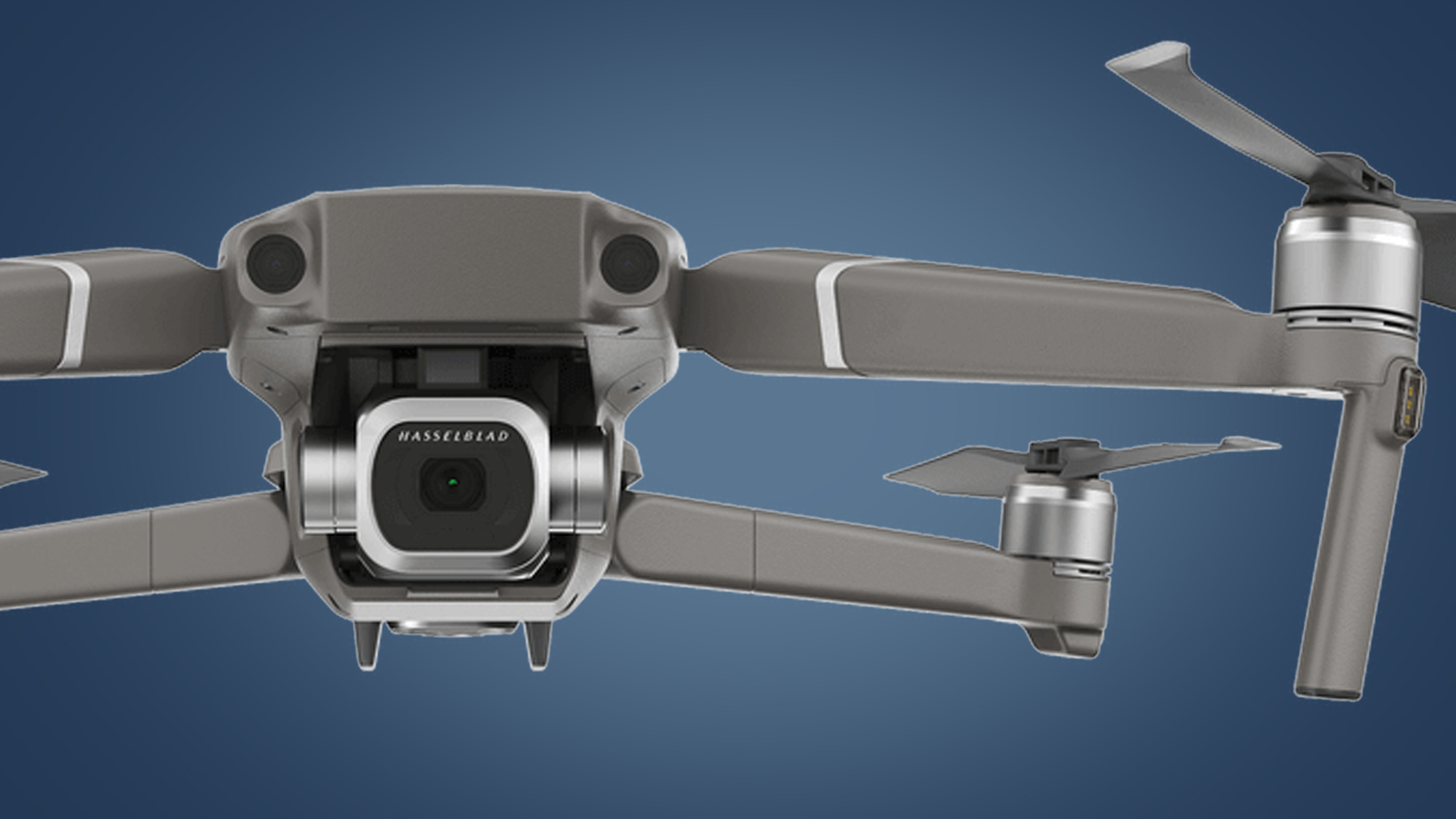
What’s more, with high-end rivals like the Autel Evo II Pro already boasting 6K video powers from a 1-inch sensor, it seems likely that DJI would look to set a new imaging benchmark for its premium-level drone cameras with the Mavic 3 Pro.
The big question is what size sensor its Hasselblad camera might use. Could it move up to a Four Thirds sensor, as some DJI fans are hoping? There have been no leaks to suggest that might be the case, and it would be nigh-on impossible to fit a Four Thirds camera and gimbal into a drone of the Mavic 2 Pro’s size. So we’ll have to wait for further leaks on the Mavic 3 Pro’s design to get a sense of what's realistic on that front.
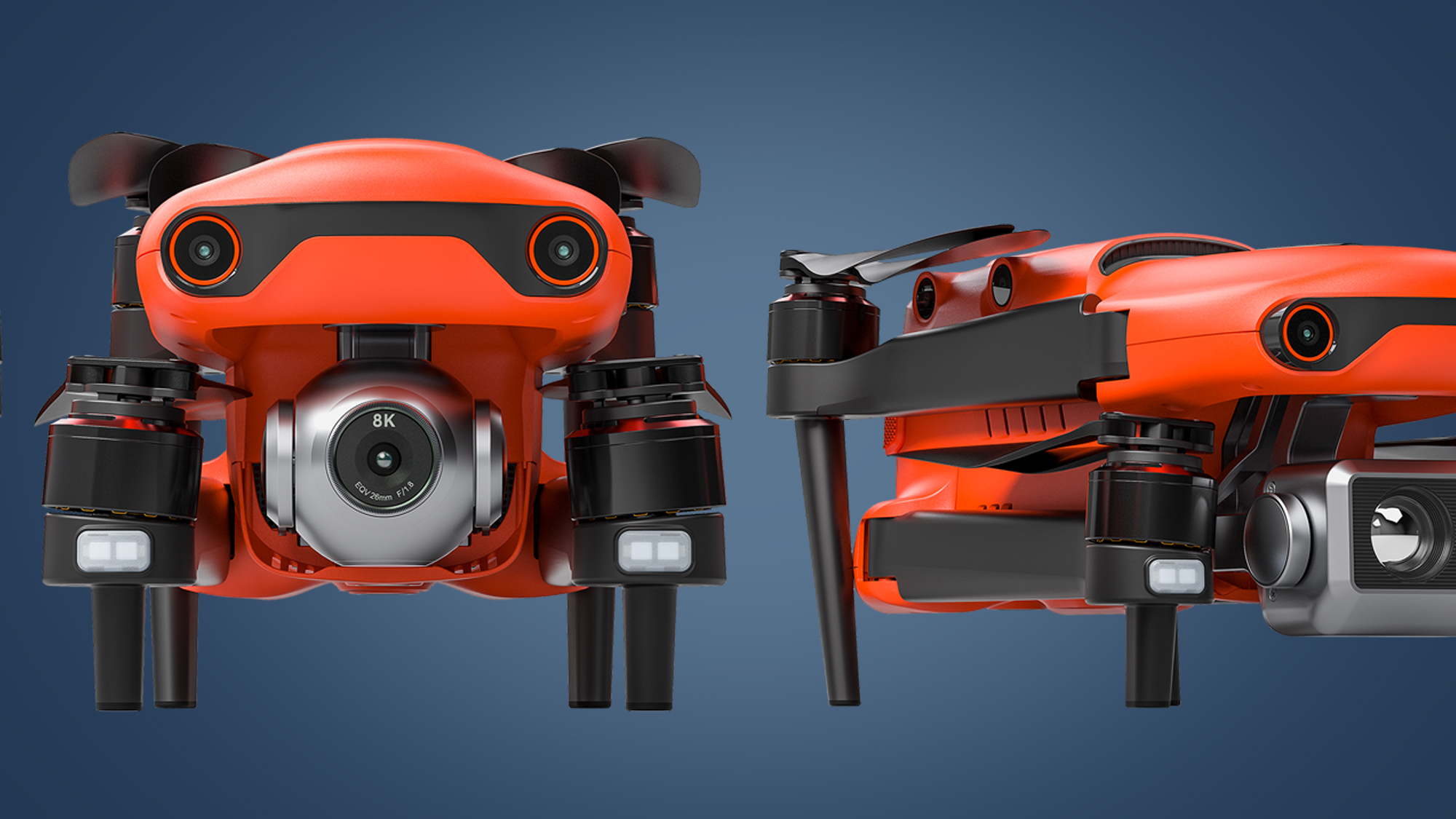
Still, one leak we have seen so far has already pointed to some potentially big design differences between the Mavic 3 Pro and its predecessor. According to serial drone leakers OsitaLV and DroneXL, DJI has patented a new drone which boasts two downward motors and two upward motors.
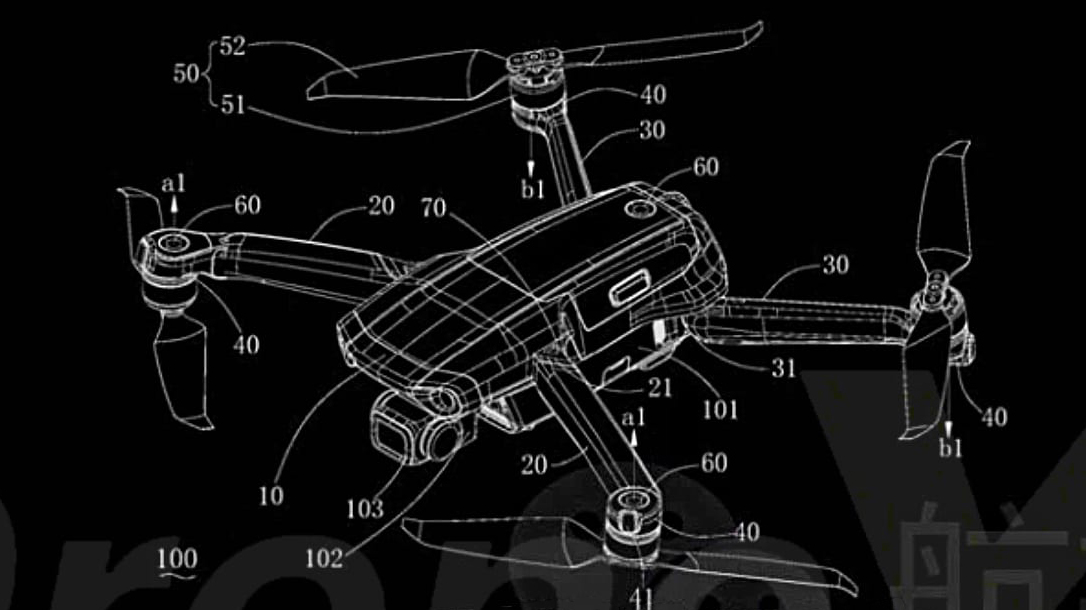
If this is indeed an accurate reference to the Mavic 3 Pro, it would mark a big design departure for the Chinese manufacturer, whose drones have generally all had upward-facing motors.
Few hours ago I saw a patent file of DJI with a new Mavic which has 2 downward motors and 2 upward motors.April 20, 2021
As for how this configuration would affect the Mavic 3 Pro’s camera performance, it’s hard to say at this point. There are potential downsides to landing and take-off, due to the reduced ground clearance, but the possible upsides include improved obstacle avoidance, thanks to the extra space made available for front-facing sensors.
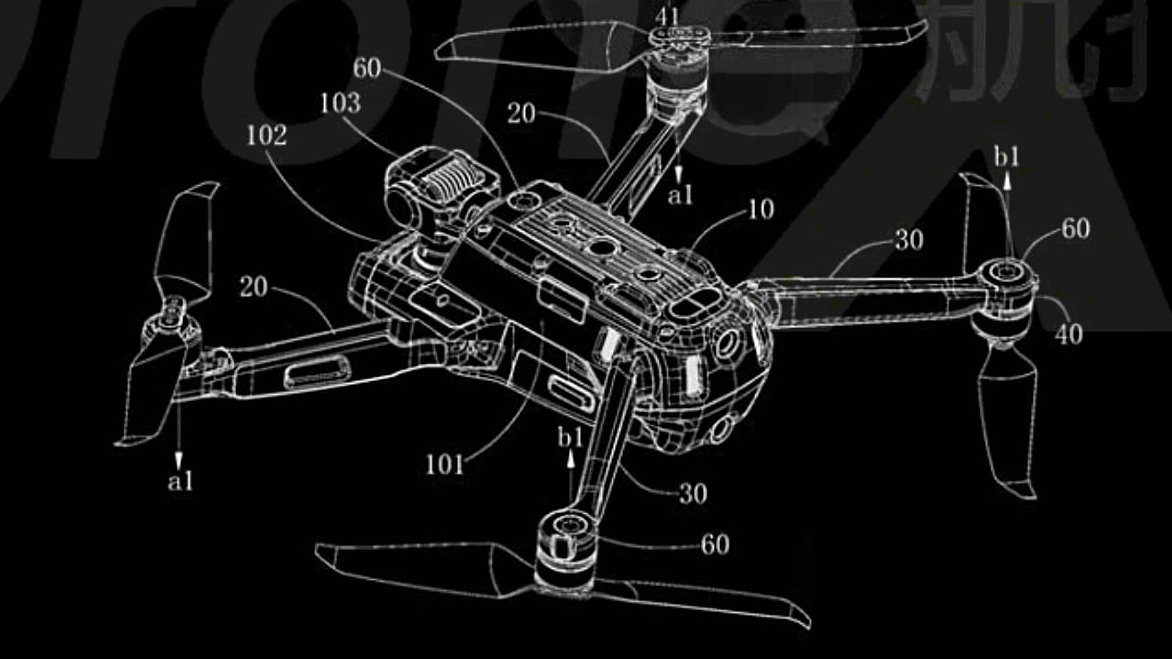
One other potential leak we’ve seen from DroneXL, from what it calls a “proven reliable source”, suggests that the Mavic 3 could already be in production.
The blurry photo found on Chinese social media is pretty inconclusive, but the site thinks it shows two cooling openings (not yet seen on a DJI before) and a new battery mechanism that slides in from behind the drone rather than the top.
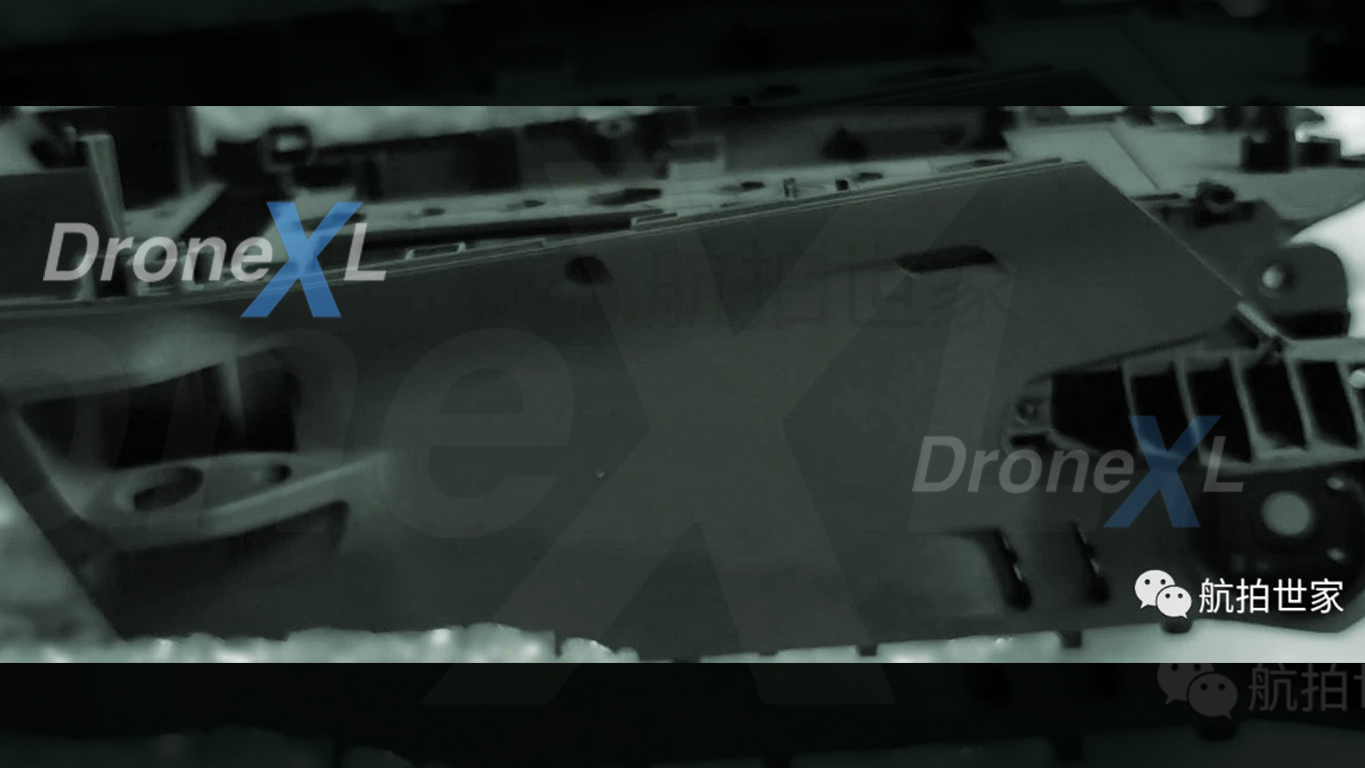
The only other real leak we’ve seen so far concerns a set of watermarked drawings spotted on Twitter by a less-than-convincing drone rumor account. Pulled from Chinese social media platform WeChat, the images depict the supposed central body of the Mavic 3 Pro, though they don’t offer much in the way of new information.
What’s more, we’re a little skeptical as to the authenticity of these images, not least because of the rough edges around some of the drawings, suggesting they aren’t plucked from the archives of DJI itself.
DJI Mavic 3 Pro: 7 things we want to see
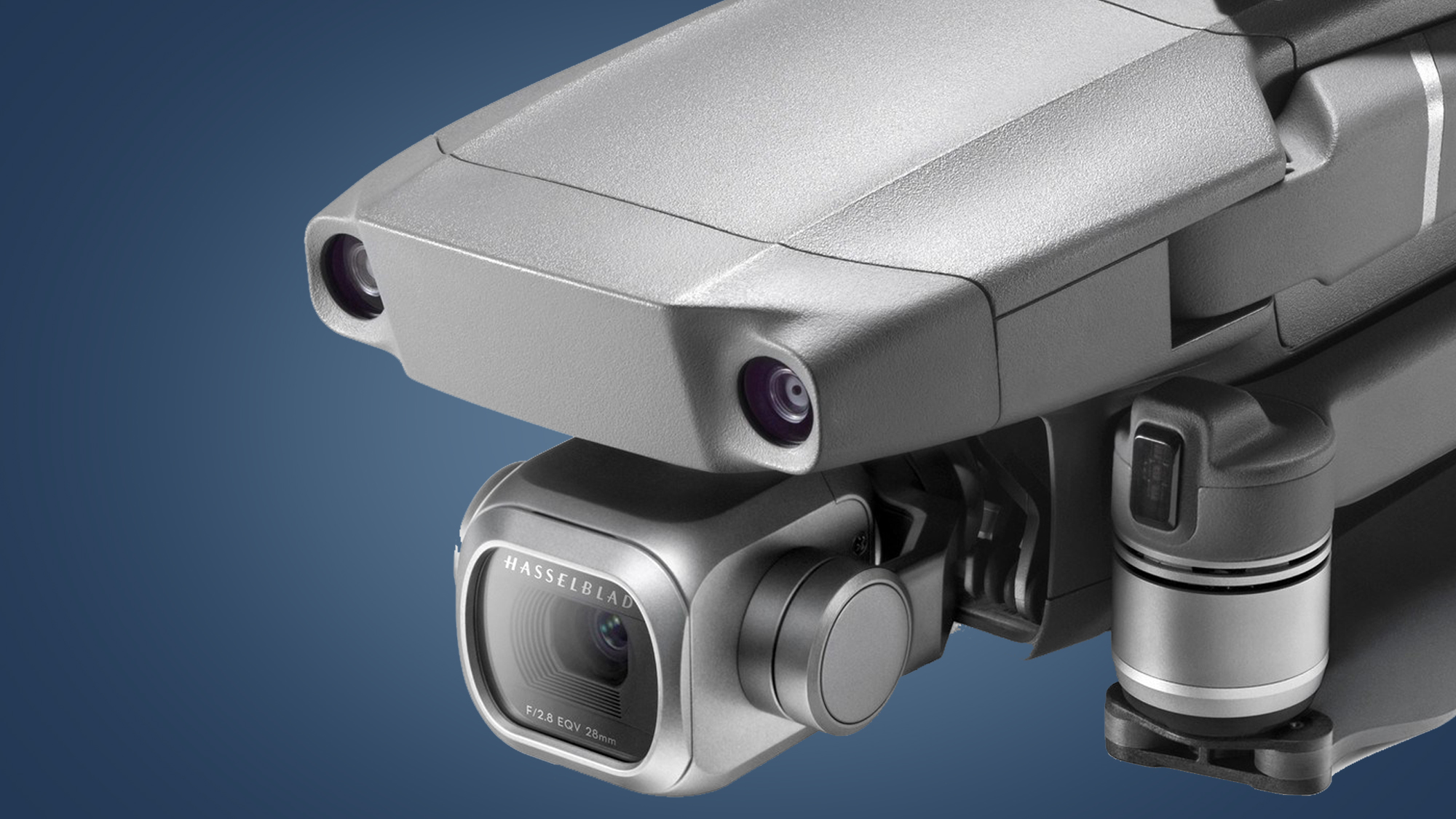
The recent launch of the DJI Air 2S has slightly upgraded our expectations of what to expect from a DJI Mavic 2 Pro successor. While that drone was, at the time of launch, the most impressive consumer-level drone we’d ever tested, its camera and other features are now a little dated – as shown by the fact that the cheaper Air 2S has now matched its 1-inch sensor.
So in an ideal, but realistic, world, what would we like to see from a DJI Mavic 3 Pro? Here’s our current wishlist.
1. Interchangeable cameras
Historically, a truly ‘pro’ camera is one that lets you change lenses to suit different situations. Shooting landscapes? Time to grab a lovely wide-angle zoom. Going to a wedding? An 85mm prime is the better tool for the job.
You arguably don’t quite need this level of flexibility in the air, with a wide-angle focal length generally preferable in most situations. But it’d be great if the rumored Mavic 3 Pro could at least bring the option of a few different user-swappable cameras.

We had hoped to see this feature on the DJI Mavic 2 Pro and DJI Mavic 2 Zoom when they both arrived simultaneously in 2018. But DJI decided to instead launch two versions of the same drone with different cameras – these are technically swappable, as many YouTubers have shown, but it’s not a job for the average person.
Rather than launching two versions of the DJI Mavic 3, we’d love to see one drone with modular, swappable cameras that could be bought separately. There could be a large sensor camera for stills, an optical zoom camera, an 8K module for filmmakers and maybe even one equipped with global shutter for those looking to dabble with aerial mapping.
2. An 8K camera
Okay, perhaps our dream of a Mavic 3 with interchangeable cameras is too optimistic – if so, we’d settle for the drone making the step up to 8K resolution.
The best way of doing this while maintaining image quality would be for it to use a Four Thirds sensor, which would be considerably larger than the 1-inch ones in the DJI Air 2S and current Mavic 2 Pro.
But we remain sceptical that it’ll be possible to do add this kind of camera to a compact drone – you only have to look at the size of DJI’s Xenmuse X5S, a Four Thirds camera that’s designed for the DJI Inspire 2, to see how big that kind of setup is.
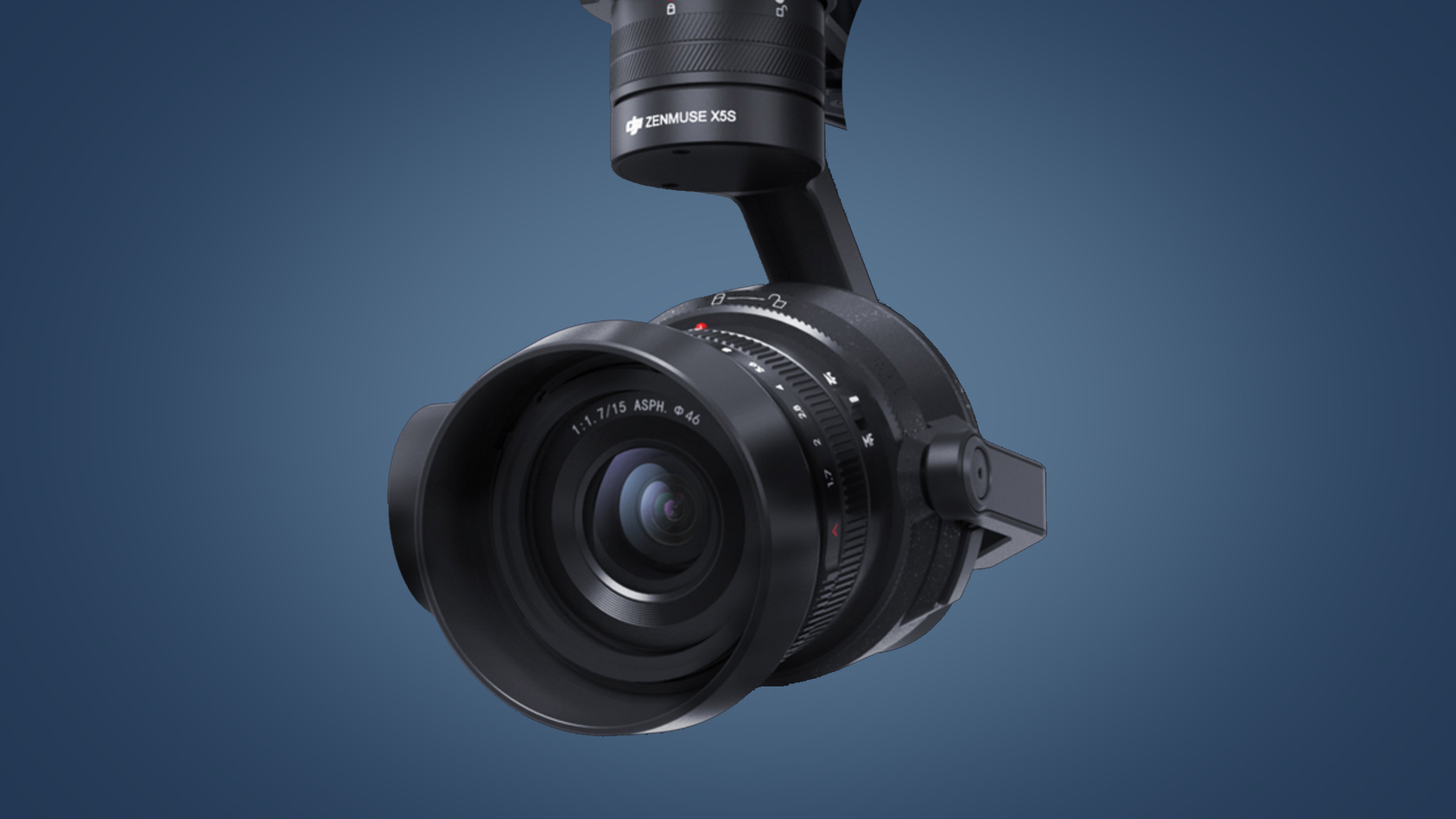
If that is indeed a step too far, we’d settle for one of the latest 1-inch sensors, but with a resolution boost that could serve up some tasty oversampled 4K or provide the leeway necessary for crops, pans and digital zoom. Naturally, we’ll still want all the usual treats like adjustable apertures and flat color profiles for grading, too.
3. Smart Controller V2
Back in 2019, DJI launched the lovely Smart Controller – an optional control pad for its drones that came with a built-in 5.5-inch touchscreen, so you didn’t need to use your smartphone as mission control.
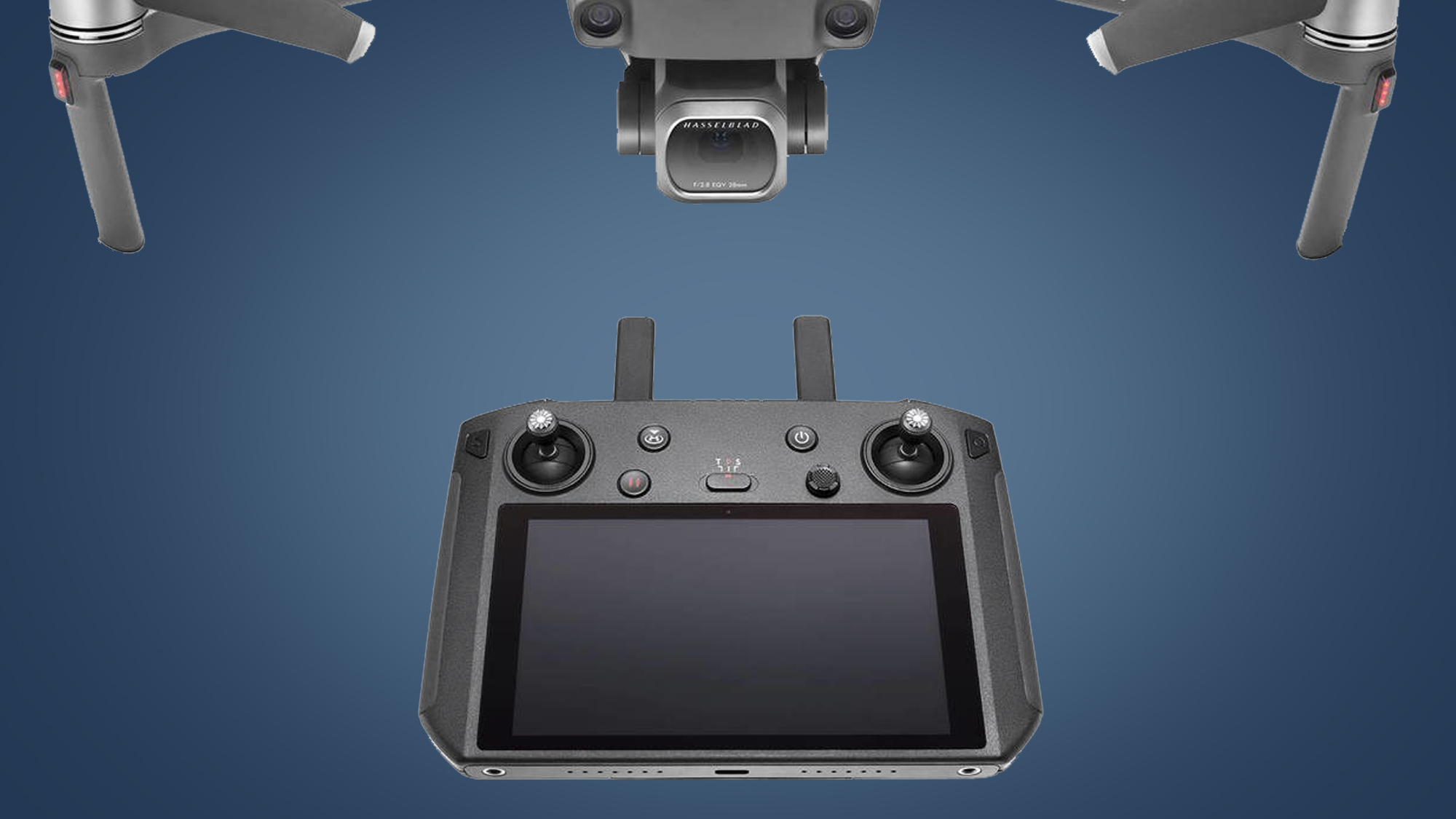
Its 1080p screen is now showing its age, but we’d love to see a new version come bundled with the Mavic 3 – or at least arrive as an optional extra. Having a dedicated, all-weather controller with a super-bright screen is a real bonus for flying, and the addition of Ocusync 3.0 connectivity would make a new version a great ally for a next-gen Mavic Pro.
Perhaps the only issue might be cost, as the Smart Controller is currently priced at $749 / £579 / AU$1,099 – about half the cost of the DJI Mavic 2 Pro. So yes, perhaps a stripped-down version that comes bundled with a drone, or an optional updated model, would be the way to go.
4. A 40-minute battery life
One upgrade that seems a dead cert for the DJI Mavic 3 Pro, based on the limited leaks we’ve seen so far, is an improved battery life.
The DJI Mavic 2 Pro’s flight time is rated at 31 minutes, but that’s without wind – and by the time you’ve taken into account the automatic return-to-home function (which kicks in when the battery hits 25% charge), your real-world fight times are more like 20 minutes.
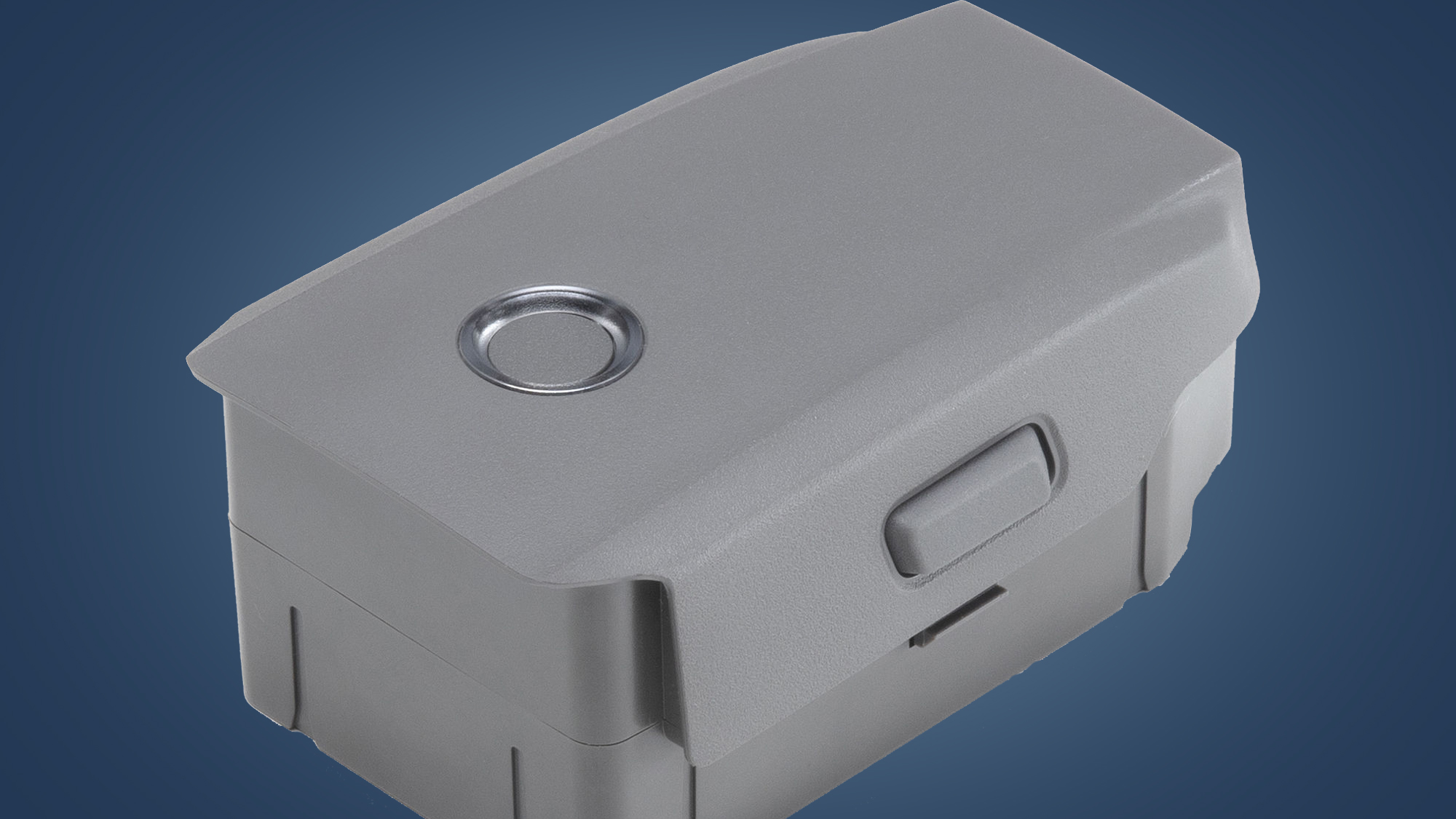
Some early leaks from the likes of DroneXL have suggested that the Mavic 3 Pro will have a new, larger battery, so we’re hoping this can push the battery life up to 40 minutes per charge – or a real-world flight time of 30 minutes, once you’ve taken into account conditions and getting the drone back to its take-off pad.
5. True 360-degree obstacle avoidance
The Mavic 2 Pro shoots excellent video and stills, but it isn’t quite the best drone out there for obstacle avoidance and sports-tracking. While it does have sensors on the front, back, top, bottom and sides, the latter are disabled in many modes.
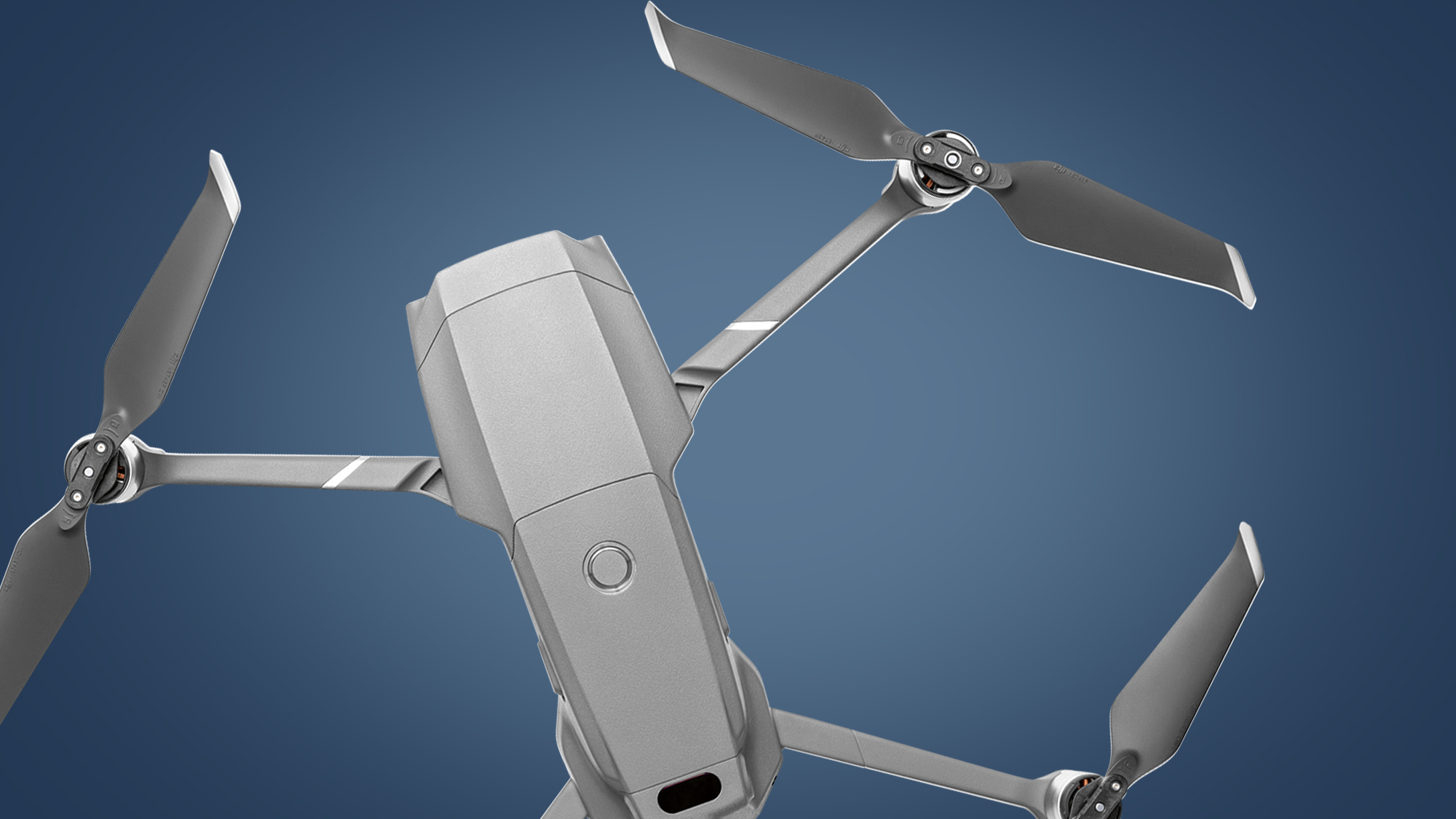
We’d like to see the Mavic 3 Pro take a step up here and offer the true 360-degree smarts of something like the Skydio 2, which has six 4K sensors to help it build up a full picture of possible obstacles around it.
Two of those sensors are upward-facing ones on its front arms, which are possible thanks to its downward-facing motors. With early leaks suggesting the Mavic 3 might have a similar design, perhaps DJI has indeed taken some inspiration for its next compact flagship drone.
6. Compatibility with the DJI Goggles V2
The DJI Air 2S unfortunately isn’t compatible with the DJI Goggles V2.0 for first-person flying, despite having the necessary Ocusync 3.0 connectivity. DJI told us it is “theoretically” possible that the Air 2S could support the Goggles, but that “there’s no roadmap or timeline for this”.

Hopefully, if a Mavic 3 Pro does arrive later this year, DJI will have widened support for its Goggles V2 to some of its non-FPV drones. The DJI FPV is the natural partner for them, thanks to its speed and aerial acrobatics, but the addition of a true FPV flying experience to the Mavic 3 would be another string to its bow.
7. Quieter props
Drones can be pretty noisy at low altitudes and that includes the Mavic 2 Pro. DJI does sell some low-noise propellors for its drones as an optional extra, but we’d like to see an evolution of these that help further cut that slightly intimidating hovering sound.
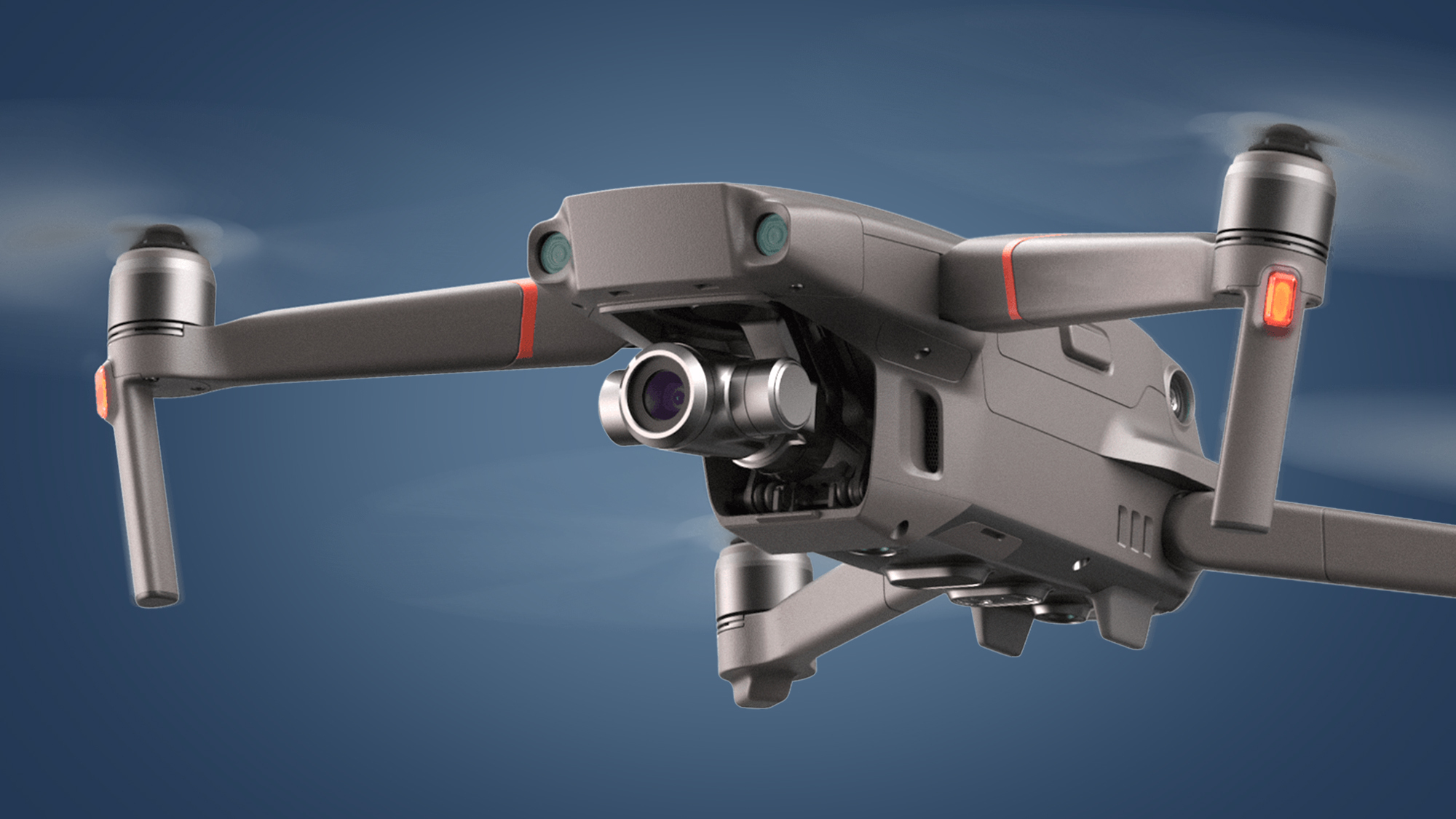
We might not be able to get the propellor equivalent of the 'silent shooting' modes seen in the latest mirrorless cameras, there have been some promising advances in this area for enterprise drones (for example, Delson Aeronautics) so it'd be great if DJI could do something similar for the Mavic 3 Pro.
from TechRadar - All the latest technology news https://ift.tt/3bbWjTx

Post a Comment